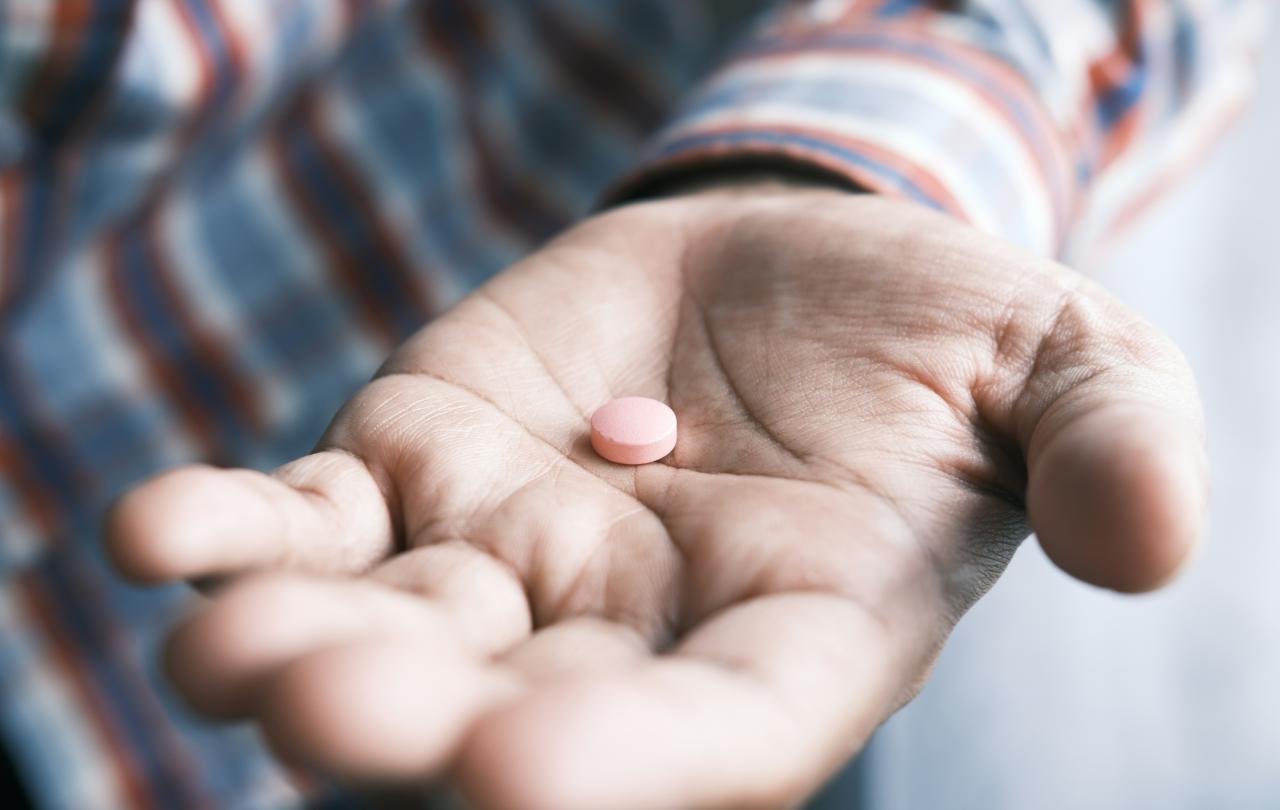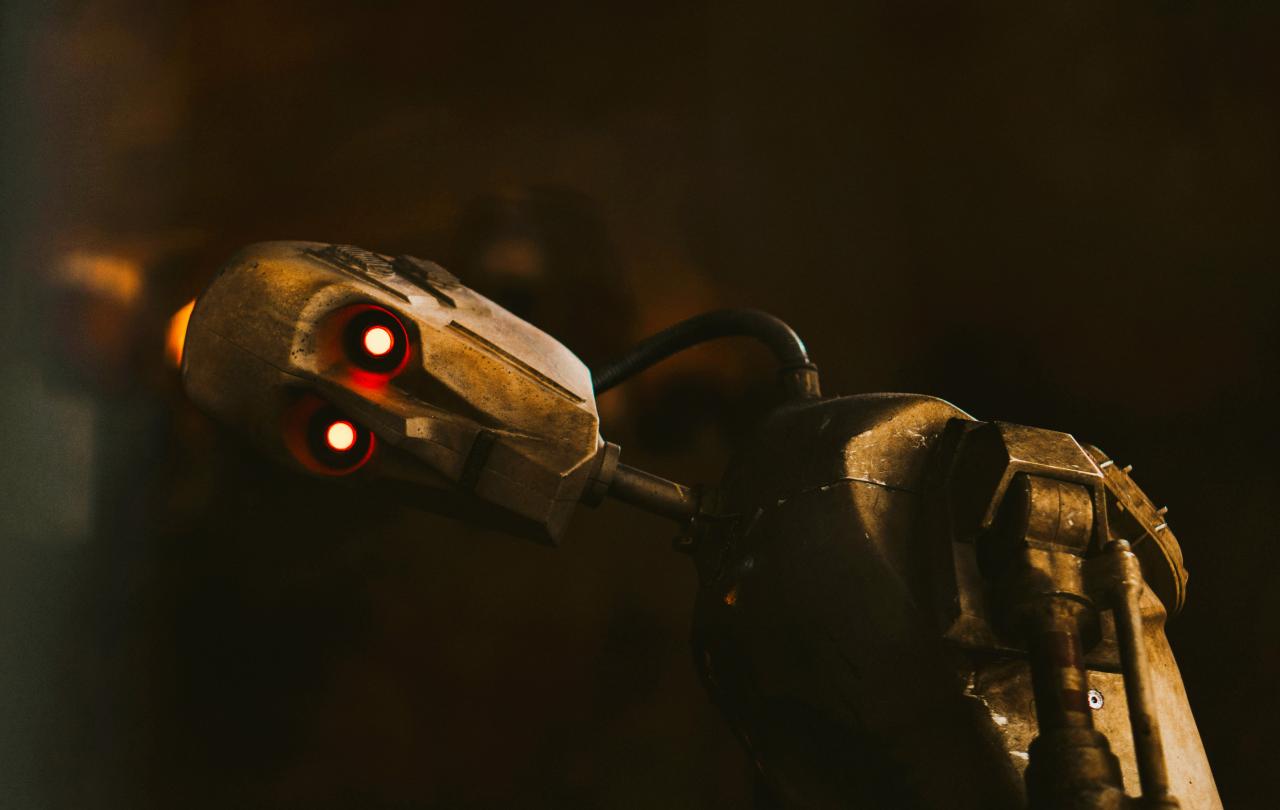
Those advocating Assisted Dying really have only one strong argument on their side – the argument from compassion. People who have seen relatives dying in extreme pain and discomfort understandably want to avoid that scenario. Surely the best way is to allow assisted dying as an early way out for such people to avoid the agony that such a death involves?
Now it’s a powerful argument. To be honest I can’t say what I would feel if I faced such a death, or if I had to watch a loved one go through such an ordeal. All the same, there are good reasons to hold back from legalising assisted dying even in the face of distress at the prospect of enduring or having to watch a painful and agonising death.
In any legislation, you have to bear in mind unintended consequences. A law may benefit one particular group, but have knock-on effects for another group, or wider social implications that are profoundly harmful. Few laws benefit everyone, so lawmakers have to make difficult decisions balancing the rights and benefits of different groups of people.
It feels odd to be citing percentages and numbers faced with something so elemental and personal and death and suffering, but it is estimated that around two per cent of us will die in extreme pain and discomfort. Add in the 'safeguards' this bill proposes (a person must be suffering from a terminal disease with fewer than six months to live, capable of making such a decision, with two doctors and a judge to approve it) and the number of people this directly affects becomes really quite small. Much as we all sympathise and feel the force of stories of agonising suffering - and of course, every individual matters - to put it bluntly, is it right to entertain the knock-on effects on other groups in society and to make such a fundamental shift in our moral landscape, for the sake of the small number of us who will face this dreadful prospect? Reading the personal stories of those who have endured extreme pain as they approached death, or those who have to watch over ones do so is heart-rending - yet are they enough on their own to sanction a change to the law?
Much has been made of the subtle pressure put upon elderly or disabled people to end it all, to stop being a burden on others. I have argued elsewhere on Seen and Unseen that that numerous elderly people will feel a moral obligation to safeguard the family inheritance by choosing an early death rather than spend the family fortune on end of life care, or turning their kids into carers for their elderly parents. Individual choice for those who face end of life pain unintentionally lands an unenviable and unfair choice on many more vulnerable people in our society. Giles Fraser describes the indirect pressure well:
“You can say “think of the children” with the tiniest inflection of the voice, make the subtlest of reference to money worries. We communicate with each other, often most powerfully, through almost imperceptible gestures of body language and facial expression. No legal safeguard on earth can detect such subliminal messaging.”
There is also plenty of testimony that suggests that even with constant pain, life is still worth living. Michelle Anna-Moffatt writes movingly of her brush with assisted suicide and why she pulled back from it, despite living life in constant pain.
Once we have blurred the line between a carer offering a drink to relieve thirst and effectively killing them, a moral line has been crossed that should make us shudder.
Despite the safeguards mentioned above, the move towards death on the NHS is bound to lead to a slippery slope – extending the right to die to wider groups with lesser obvious needs. As I wrote in The Times recently, given the grounds on which the case for change is being made – the priority of individual choice – there are no logical grounds for denying the right to die of anyone who chooses that option, regardless of their reasons. If a teenager going through a bout of depression, or a homeless person who cannot see a way out of their situation chooses to end it all, and their choice is absolute, on what grounds could we stop them? Once we have based our ethics on this territory, the slippery slope is not just likely, it is inevitable.
Then there is the radical shift to our moral landscape. A disabled campaigner argues that asking for someone to help her to die “is no different for me than asking my caregiver to help me on the toilet, or to give me a shower, or a drink, or to help me to eat.” Sorry - but it is different, and we know it. Once we have blurred the line between a carer offering a drink to relieve thirst and effectively killing them, a moral line has been crossed that should make us shudder.
In Canada, many doctors refuse, or don’t have time to administer the fatal dose so companies have sprung up, offering ‘medical professionals’ to come round with the syringe to finish you off. In other words, companies make money out of killing people. It is the commodification of death. When we have got to that point, you know we have wandered from the path somewhere.
You would have to be stony-hearted indeed not to feel the force of the argument to avoid pain-filled deaths. Yet is a change to benefit such people worth the radical shift of moral value, the knock-on effects on vulnerable people who will come under pressure to die before their time, the move towards death on demand?
Surely there are better ways to approach this? Doctors can decide to cease treatment to enable a natural death to take its course, or increase painkillers that will may hasten death - that is humane and falls on the right side of the line of treatment as it is done primarily to relieve pain, not to kill. Christian faith does not argue that life is to be preserved at any cost – our belief in martyrdom gives the lie to that. More importantly, a renewed effort to invest in palliative care and improved anaesthetics will surely reduce such deaths in the longer term. These approaches are surely much wiser and less impactful on the large numbers of vulnerable people in our society than the drastic step of legalising killing on the NHS.





